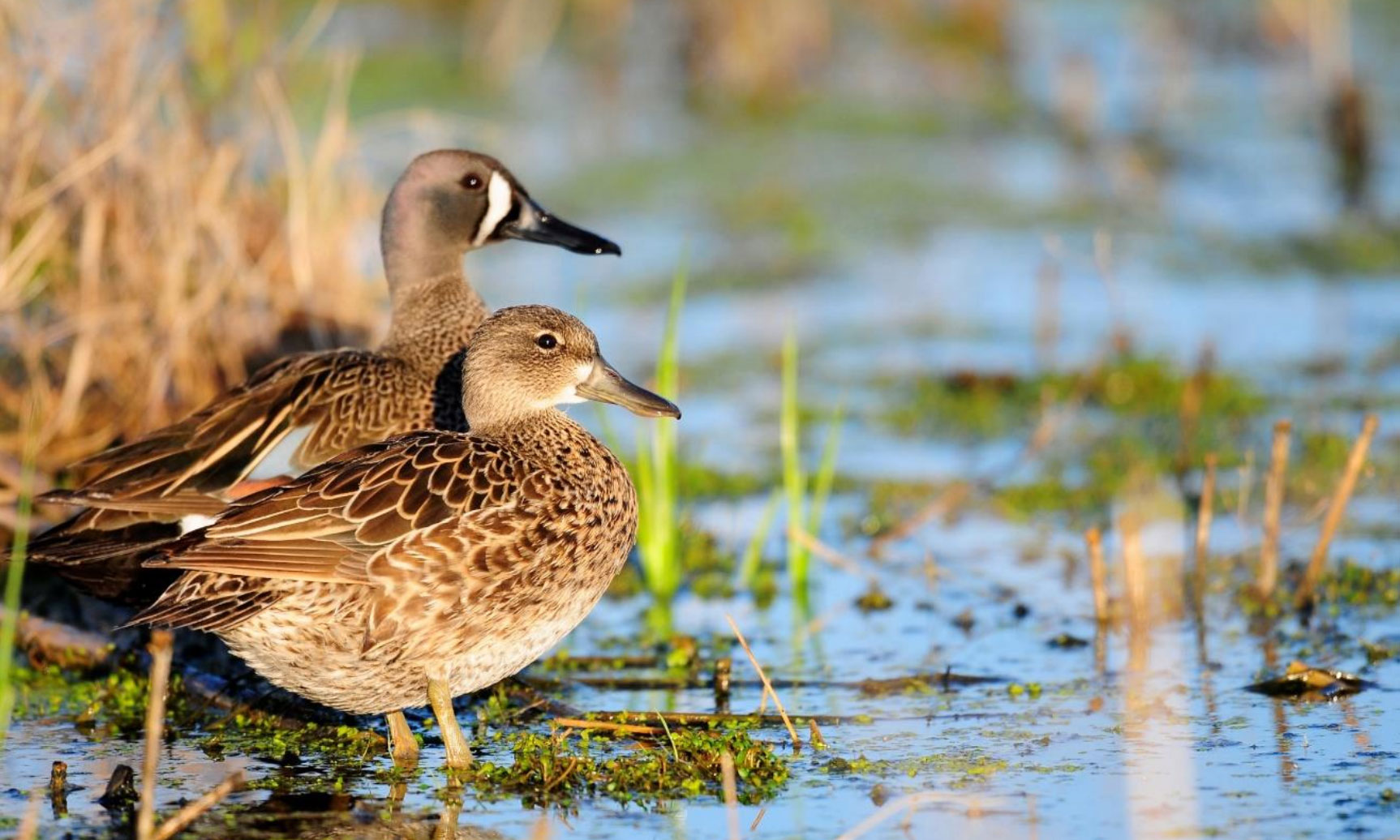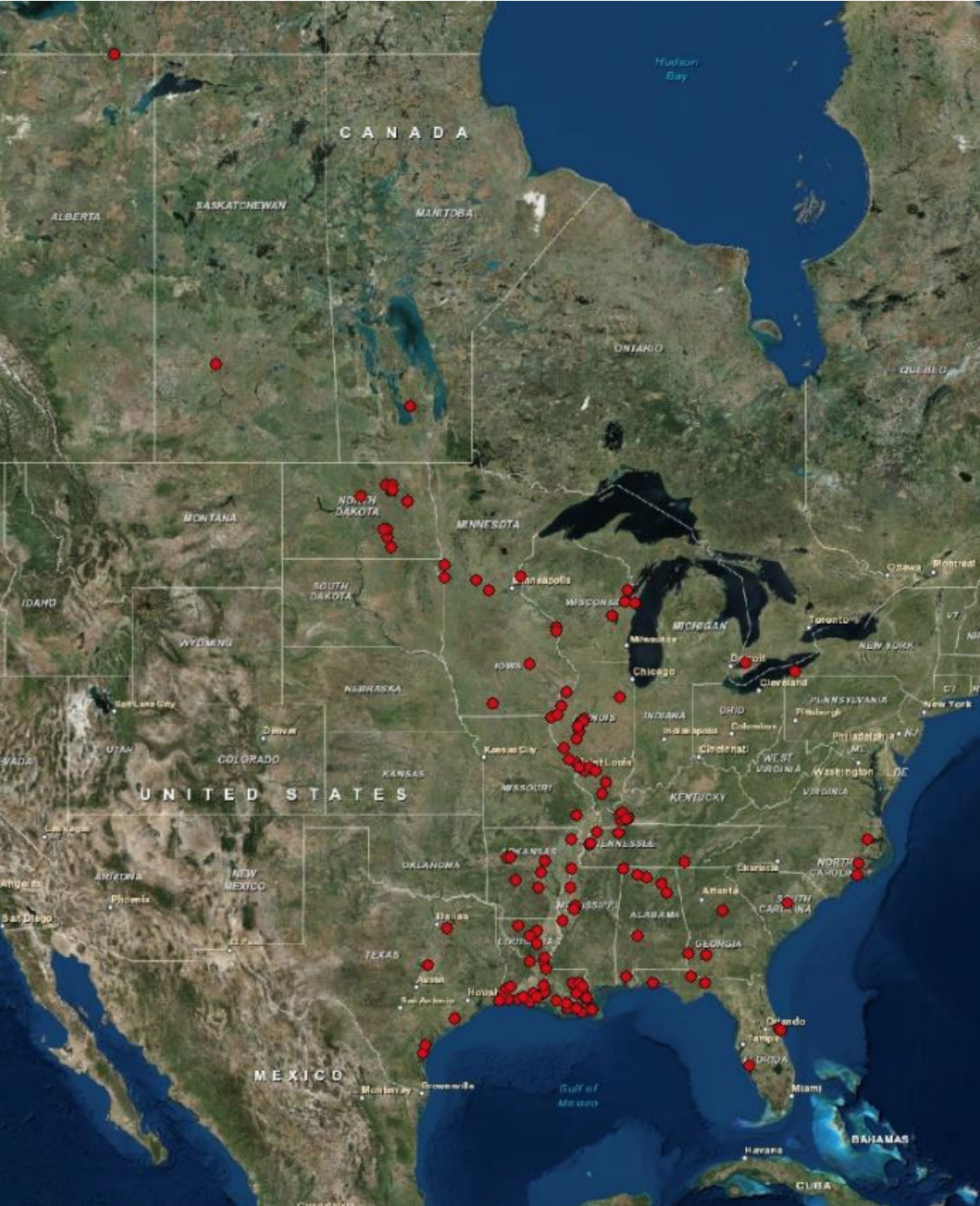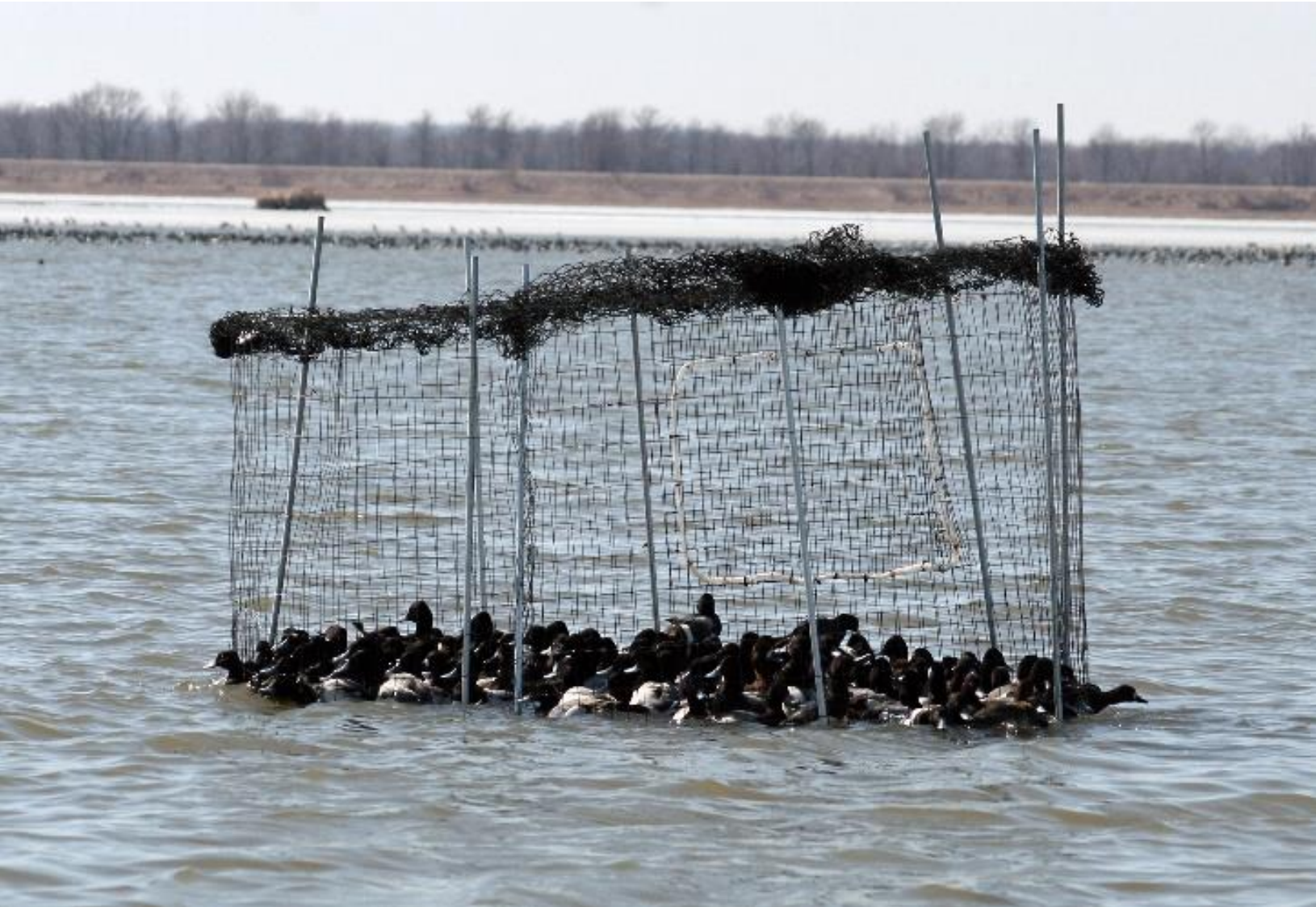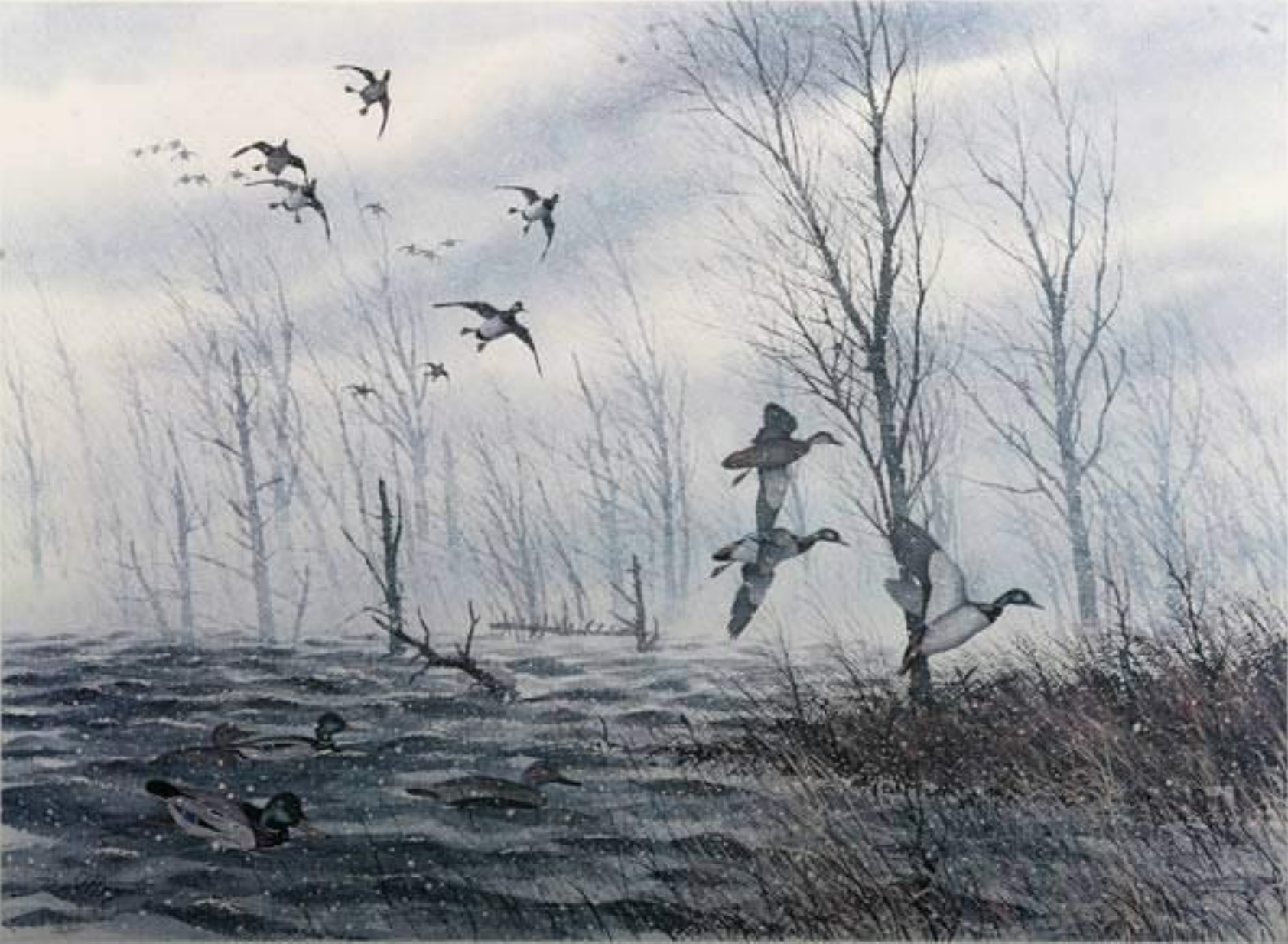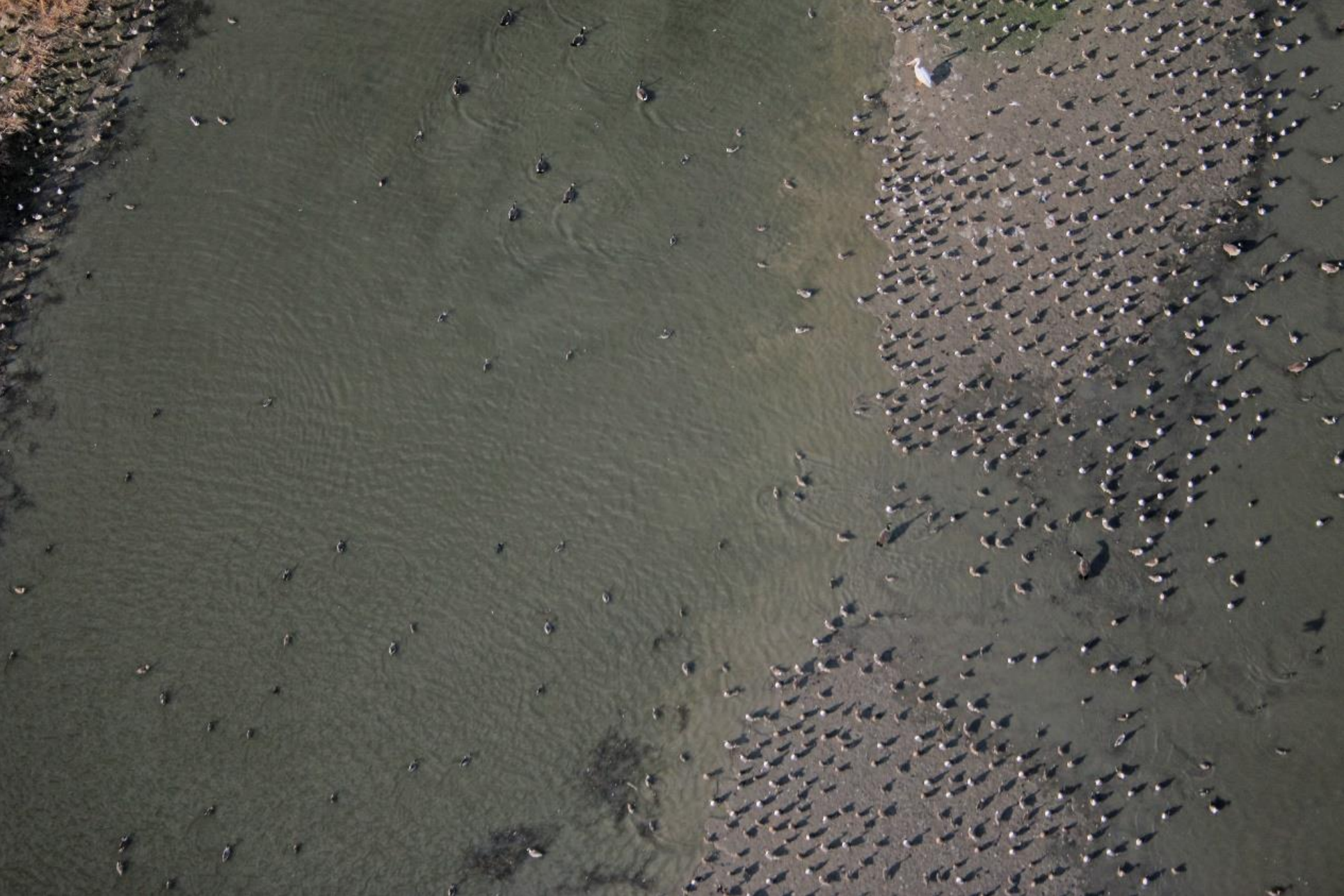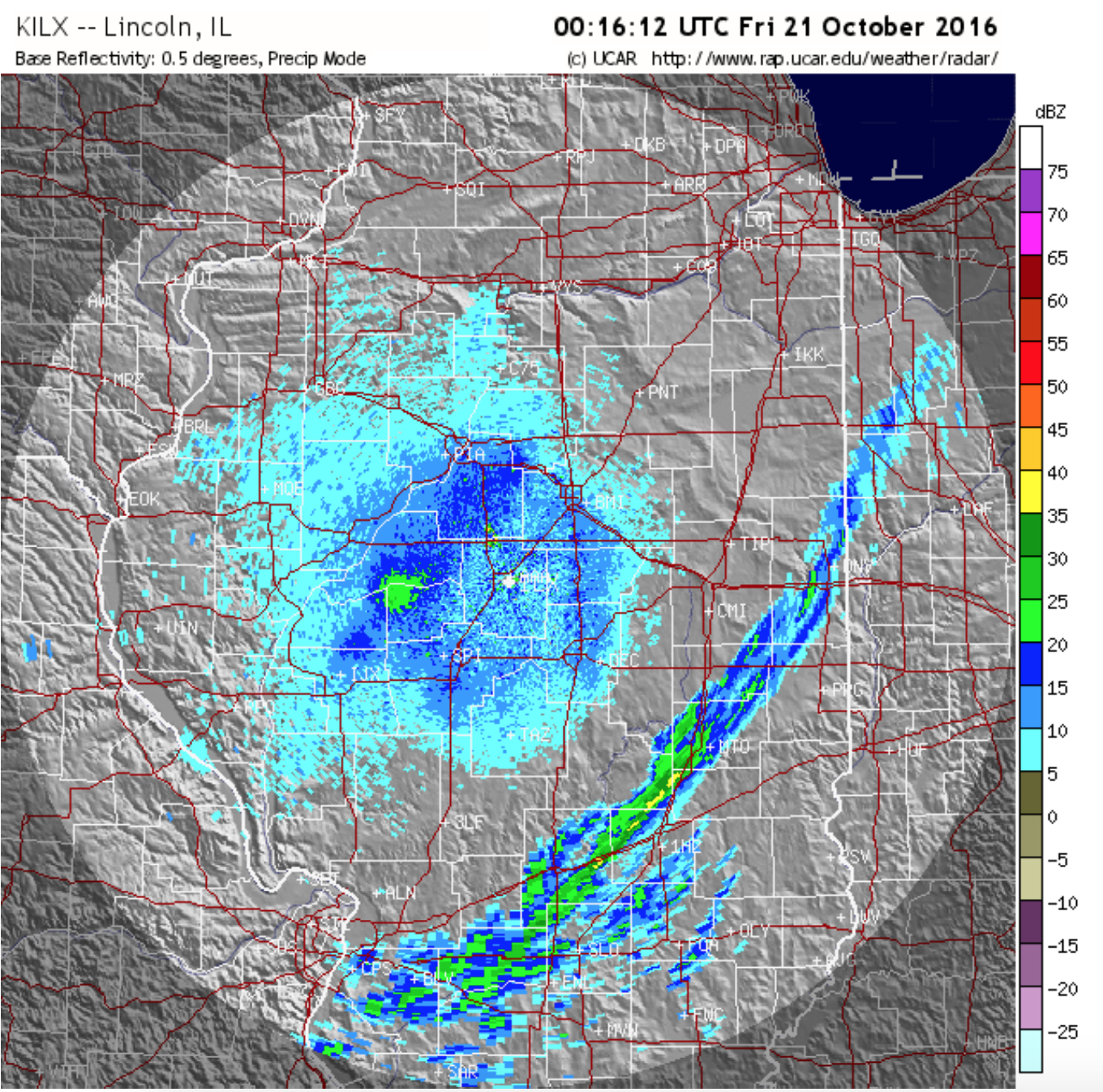We flew the waterfowl survey on Wednesday, December 7th, just as ice was forming from the arrival of the “Siberian Express” from the northwest. Extreme cold weather usually means mallards, and this front was no exception. Illinois River mallards were up 8% from last week, even though they were 17% below average. While mallards were up along the Illinois, we lost over 80,000 ducks in the IRV. The cold weather pushed out those non-mallard dabblers that have been hanging around for a month or so. As a result, total ducks along the Illinois were down 27% from last week and totaled 219,415 ducks. Something similar occurred along the Mississippi River when we lost some of those pintail, gadwall, and teal; however, mallards were up a whopping 100,000 birds. Mallards in the CMRV were up 45% from last week and 27% above average. We also found a huge raft of canvasbacks (77,200 ducks) south of Nauvoo along Pool 19. As we were flying up the Mississippi River from Nauvoo to New Boston, IL, we dodged countless numbers of diving ducks heading south, presumably to the southern reach of Pool 19 below Montrose, IA. All those diver hunters will be heading to their layout boats on Pool 19.
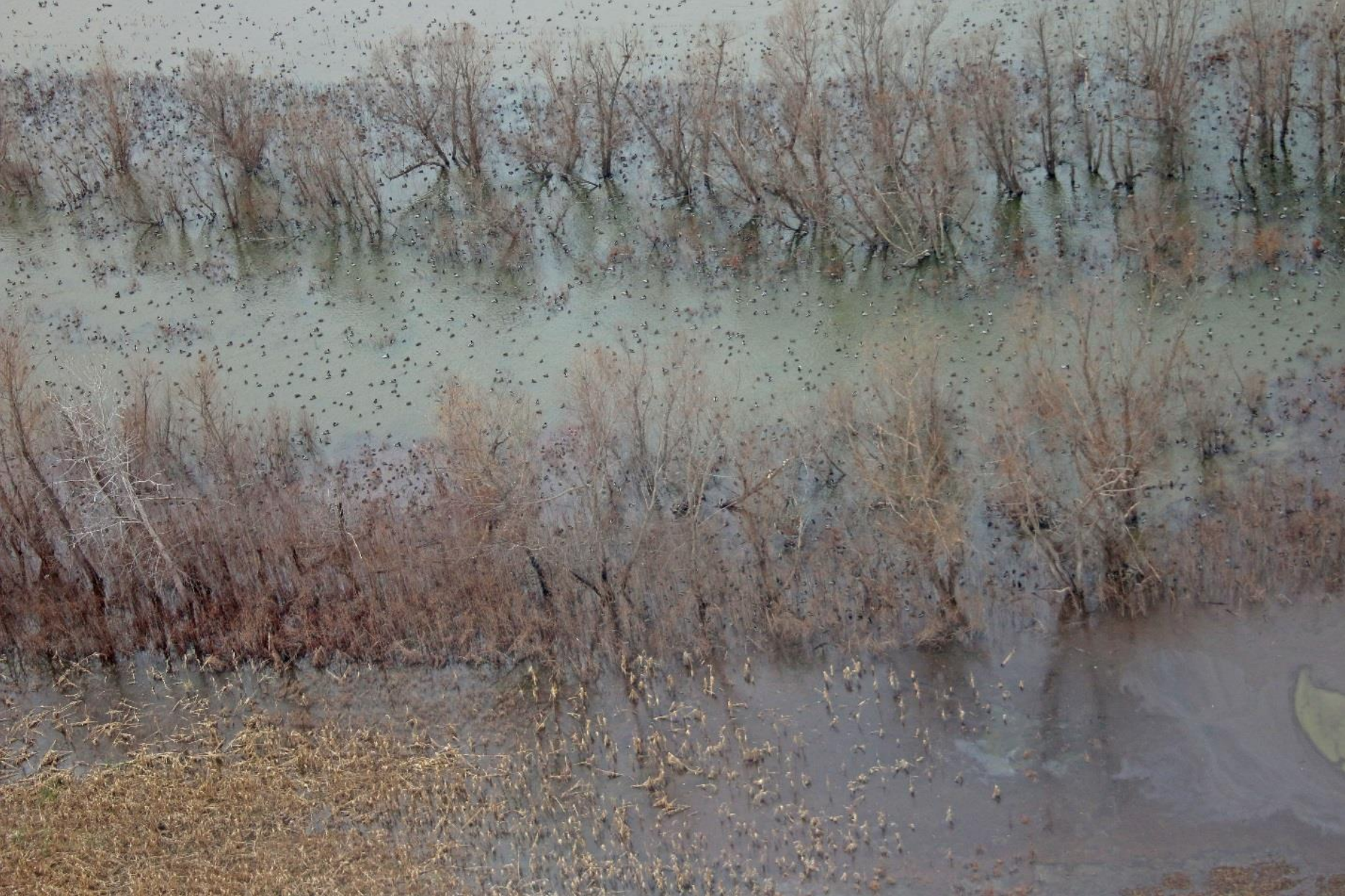
I snapped this picture of mallards and other ducks roosting at Ted Shanks Conservation Area below Saverton, MO. Shanks has bountiful “duck grub” this year with an abundance of moist-soil vegetation, natural foods, and a few areas of row crop agriculture. If you can zoom in on the photo, you will see: mallards, gadwall, American wigeon, American green-winged teal, northern pintail, and northern shoveler. Duck hunters always ask me how their Battleship mallard decoys look from the air. This photo shows you what mallards look like from above. I guess you can be the judge!
Stay tuned for more updates next week…
